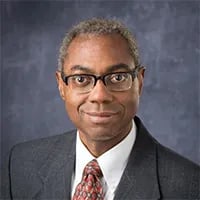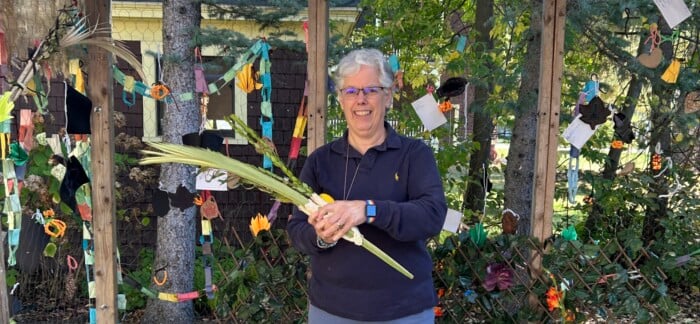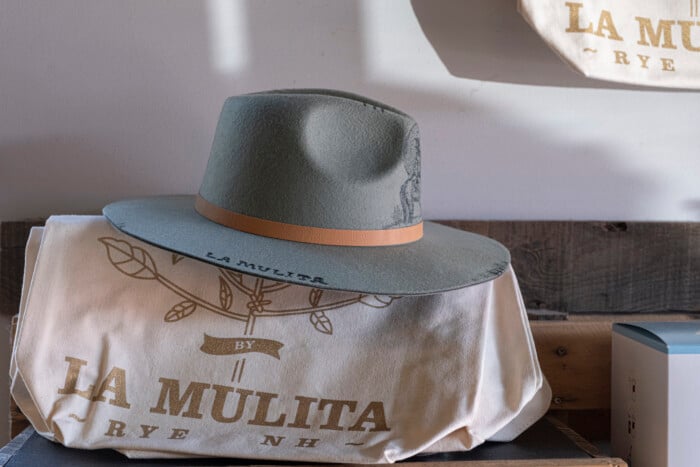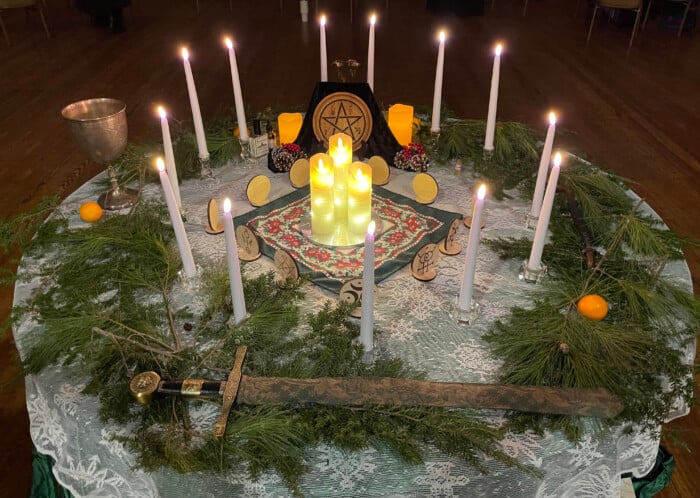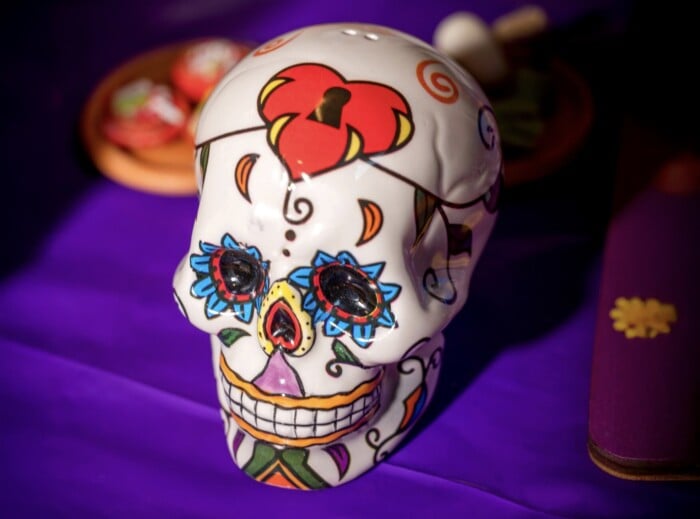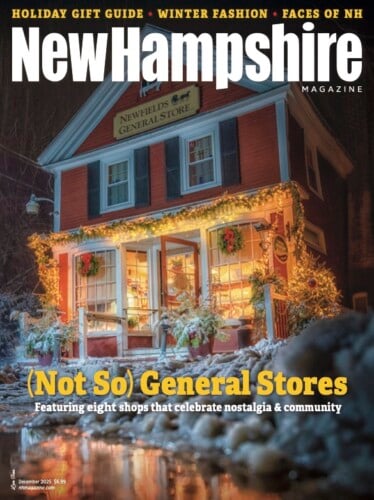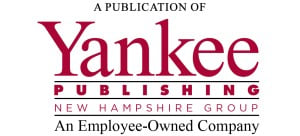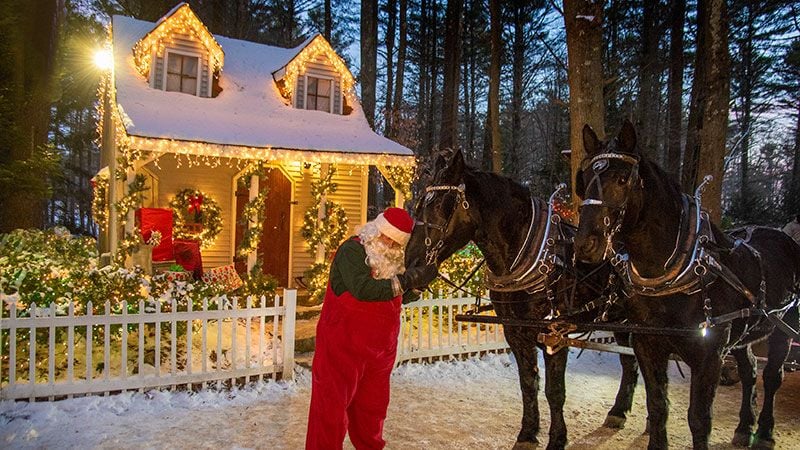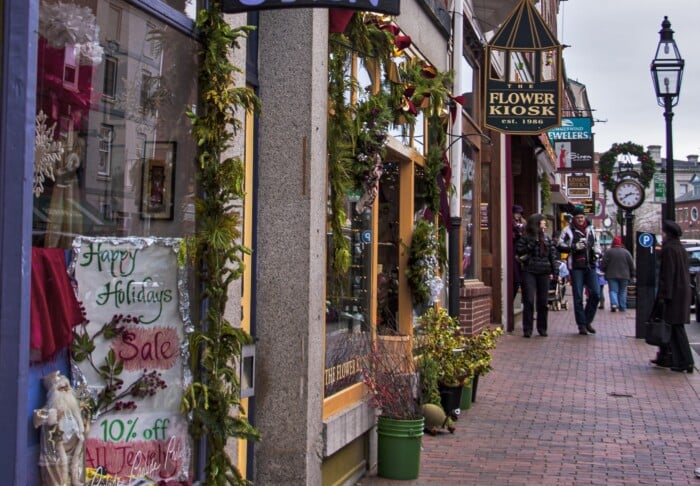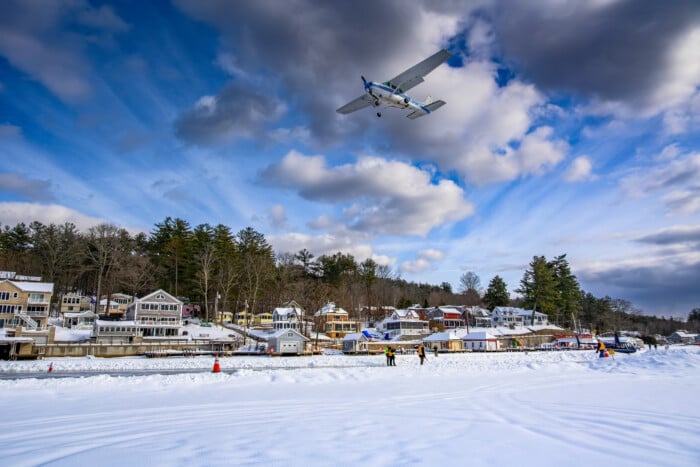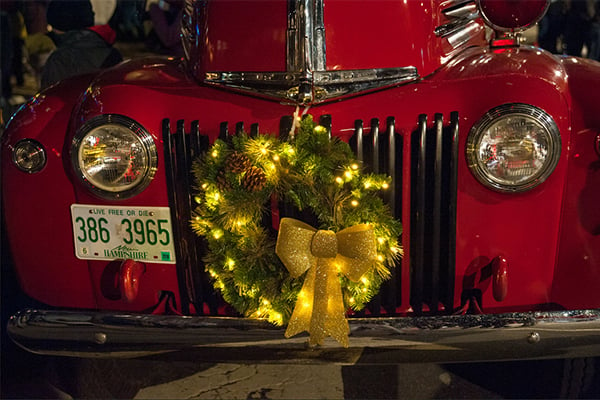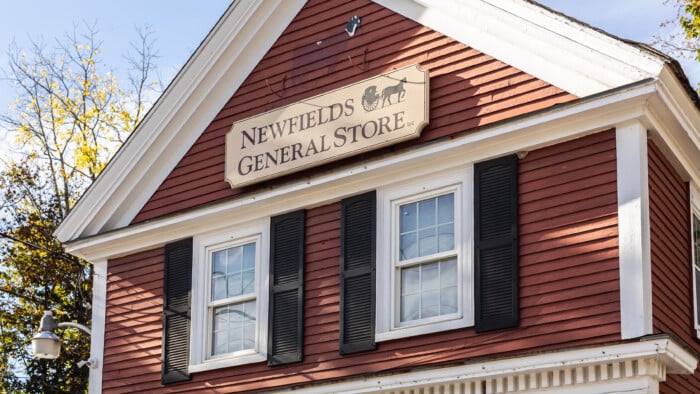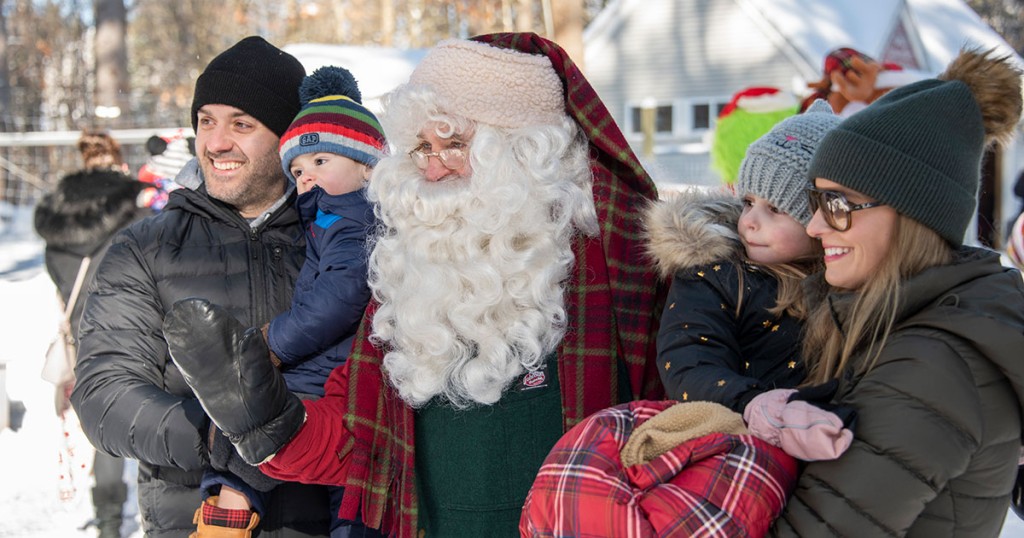Thriving Together
How New Hampshire’s Mixed-up Holiday Traditions Are Helping Communities Flourish
Let’s start with a definition — because here in New Hampshire, we like things to be clear and orderly (not to mention I was a philosophy major in college, but very few born-and-bred Yankees are signing up to muck stalls at 4 a.m. in February).
New Hampshire’s population is changing faster than a snowstorm turns to spring mud. So, celebrating the state’s patchwork quilt of holiday traditions has never been more important, or entertaining. With a growing crowd of folks from near and far, our cultural and faith-based customs offer more than just a buffet of delicious food and catchy music. Rooted in religious, ethnic and social customs, they offer valuable insights for making the state more inclusive and a place where everyone can thrive, not just survive.
Embracing New Hampshire’s Growing Diversity
Move over maple syrup (but don’t leave). New Hampshire’s festivals are bringing flavor from every corner of the globe. The state’s newcomers bring traditions from Asia, Africa, Latin America and Europe, making our celebrations almost as diverse as the weather forecasts. This is adding a tagline to our motto of “Live Free or Die” — “Dance Freely and Try the Samosas!”
Between the Manchester We Are One Festival, Keene’s International shindig, and Concord’s Multicultural jamboree, there’s something for everyone: music, food, faith and probably at least one group dance you’ll pretend to understand. See the NH International Festival Navigator for more details on these events. (nhcommunitynavigator.org). Beyond entertainment, these gatherings serve as public affirmations of inclusion supporting economic prosperity and nurturing a shared identity.
Holiday Traditions: Lessons With Laughter
Holidays here come wrapped in wisdom, gratitude and hope, not to mention jazz hands and festive hats. Juneteenth marks resilience with tunes and tasty treats, while Indigenous Peoples’ Day helps us evolve “colonial” tales into genuine tributes and cultural awareness. Because nothing says progress like acknowledging you weren’t actually the first here.
Christmas gets a New Hampshire twist thanks to Native heritage and a sprinkling of colonial nostalgia. Meanwhile, Diwali, Hanukkah, Eid and Lunar New Year reveal ways to connect over shared hopes for renewal and peace while helping everyone light up the long winters and share peace — no batteries required.
Inclusion: The Gift That Keeps Giving
Let’s face it: exposure to diverse holiday traditions encourages empathy and breaks down the stereotypes and barriers that have led to the divisions we see in our society today. Schools, offices and town halls are now swapping plain tinsel for multicultural decor and playlists — because “Jingle Bells” mixes surprisingly well with Bollywood beats and Caribbean steel drums. (Take a listen to the Caribbean Island Steel Drum Troupe’s “Island Christmas: Steel Drum Christmas Songs.”)
When schools, workplaces and public spaces acknowledge a variety of observances — by holding not only Christian/English events but also multicultural events, incorporating diverse music and art, and providing respectful accommodations during major holidays — they send a powerful
message: All community members matter.
Educators and employers can lead by example, inviting sharing and storytelling about family traditions, adjusting schedules, when possible, for religious observances, and decorating spaces with neutral seasonal imagery to avoid exclusion. Community calendars that highlight major holidays from different traditions help prevent unintentional oversight and promote understanding.
Beyond Tolerance: Flourishing Like Spring Daffodils
Learning from different traditions is less about “checking the diversity box” and more about transforming isolation into inspiration. Participants in multicultural festivals report feeling more connected and less isolated. Children exposed to a range of stories, music and customs develop stronger cognitive, emotional and social skills, learning that difference is not a barrier but a source of creative strength. Jaime Feinberg writes in “Americans for the Arts” that NH towns that embrace multicultural events become destinations, stimulating local economies and building social resilience (blog.americansforthearts.org). Research shows that kids exposed to a grab-bag of customs and stories end up smarter and kinder; plus, they get really good at potluck dinners.
By elevating diverse faith and cultural perspectives, New Hampshire becomes a place where hospitality is a lived value. Instead of simply tolerating differences, the state can create conditions for newcomers, longstanding residents and historically marginalized groups to contribute their best — cultivating innovation, trust and the confidence that everyone’s story belongs in the New Hampshire narrative.

